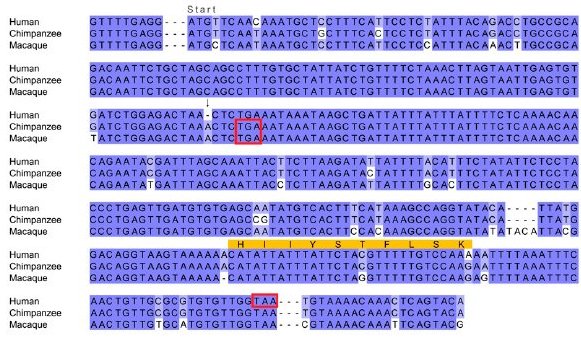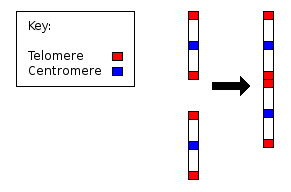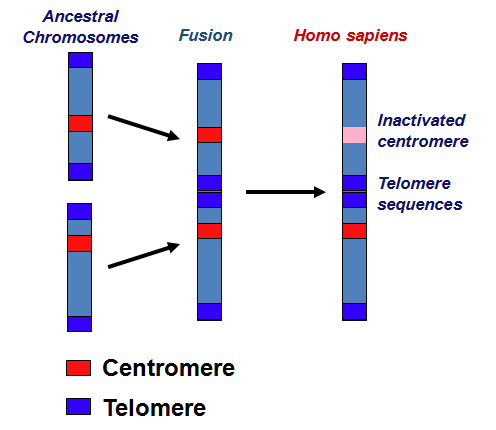Salvador
RF's Swedenborgian
What evidence is there that the universe, the solar system, or life was created?
The human genome has 145 "alien" genes that can't be linked to any of our distant past ancestors; these genes are in our genome from the process of horizontal gene transfer. These 145 "alien" genes, which nobody inherited from any distant past terrestrial ancestor, might have been the result of genetic engineering by advanced extraterrestrial intelligence.
Reference:
Expression of multiple horizontally acquired genes is a hallmark of both vertebrate and invertebrate genomes
- Alastair Crisp,
- Chiara Boschetti,
- Malcolm Perry,
- Alan TunnacliffeEmail author and
- Gos MicklemEmail author
Expression of multiple horizontally acquired genes is a hallmark of both vertebrate and invertebrate genomes
- Received: 25 September 2014
- Accepted: 4 February 2015
- Published: 13 March 2015
There is now compelling evidence extraterrestrial intelligence has left its/their mark in our genetic code as evident by how the numeric and semantic message of 037 appears in our genetic code. Each codon relates to 3 other particular codons having the same particular type of initial nucleobase and sequential nucleobase subsequently then followed by a different ending nucleobase. Half of these 4 set of codon groups ( whole family codons ) each code for the same particular amino acid. The other half of those 4 set of codon groups ( split codons ) don't code for the same amino acid. So then, in the case of whole family codons, there are 37 amino acid peptide chain nucleons for each relevant nucleobase determinant of how a particular amino acid gets coded. Start codons express 0 at the beginning of 37 Hence, the semantic message of 037 gets unambiguously and factually conveyed to us descendants of our cosmic ancestor(s) with our genetic code invented by a superior intelligence beyond that of anybody presently bound to Earth.
Reference: The "Wow! signal" of the terrestrial genetic code. Vladimir l. shCherbak and Maxim A. Makukov. Icarus, May 2013,Redirectinghttps://www.scribd.com/document/35302916...netic-Code
The significance of the semantic message "037" embedded in our genetic coding is well-explained in the following journal articles: .
Biosystems Volume 70, Issue 3, August 2003, Pages 187-209 "Arithmetic inside the universal genetic code" Author: Vladimir I. shCherbak
https://www.sciencedirect.com/science/ar...4703000662
NeuroQuantology | December 2011 | Vol 9 | Issue 4 | Page 702-715 Masic, Natasa Nested Properties of shCherbak’s PQ 037 and (Biological) Coding/Computing Nested Numeric/Geometric/Arithmetic Propertiesof shCherbak’s Prime Quantum 037 as a Base of (Biological) Coding/Computing
http://Nested Numeric/Geometric/Arithmetic Properties
Exactly who/what left its/their mark in our genetic coding might not ever get determined by anybody presently bound to Earth. The search for our cosmic relatives and cosmic common ancestor likely then needs to be done with advanced space exploration.
Whether there is extraterrestrial intelligent life with whom we Earthlings share a common cosmic ancestor would be testable with advanced space probes capable of interstellar space travel and DNA probing of extraterrestrial life forms.




